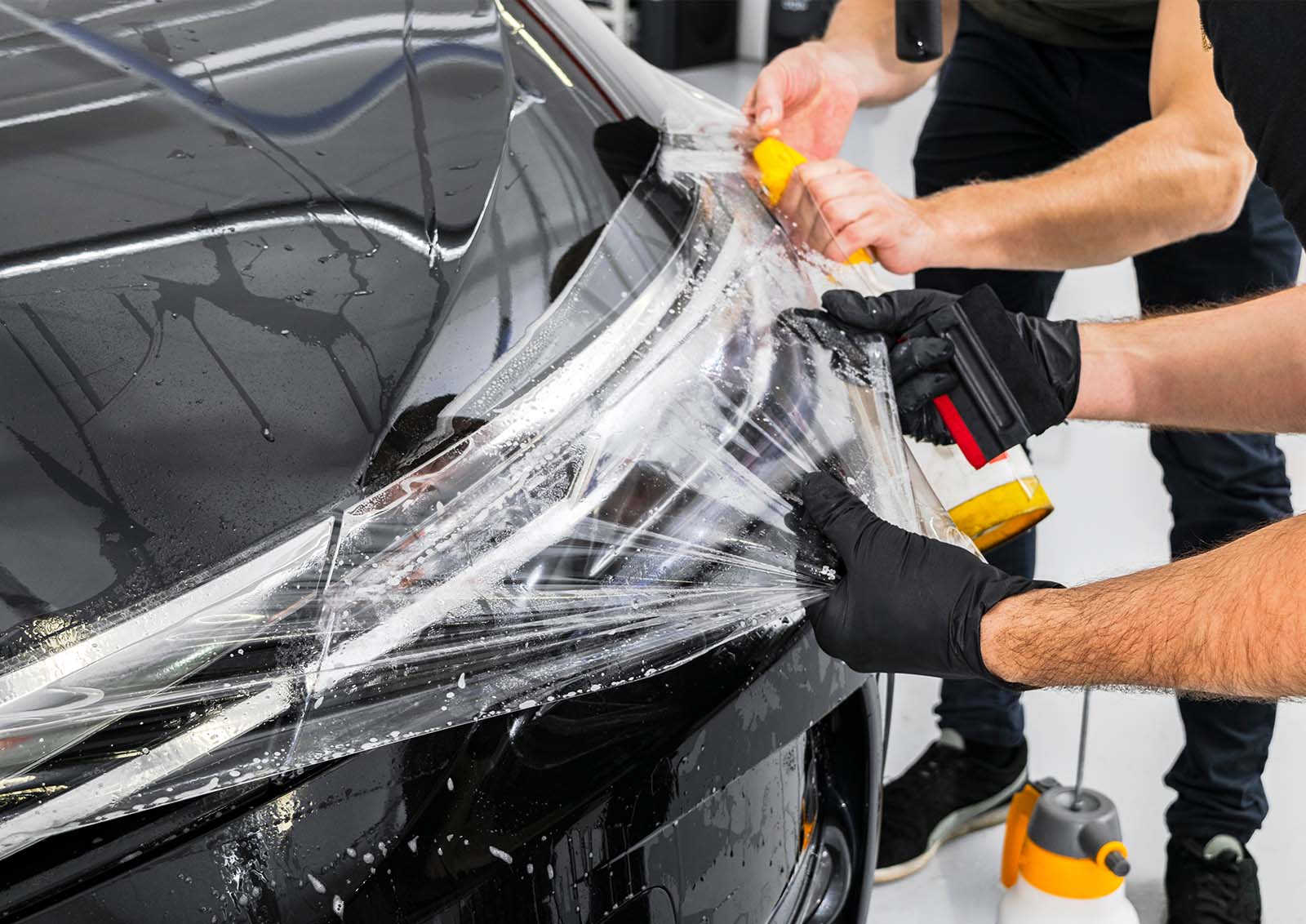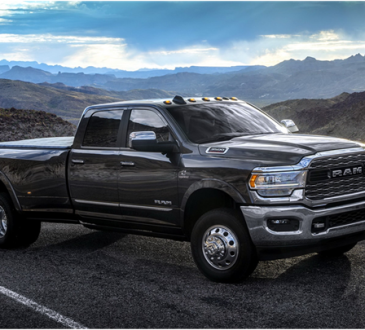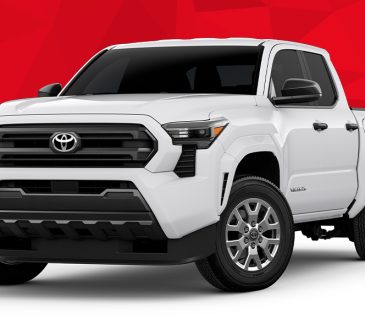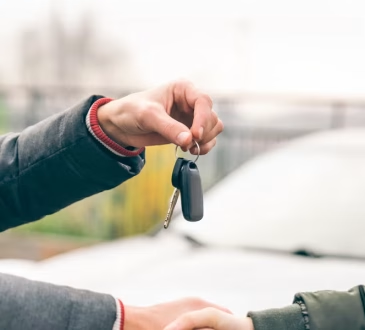
Your car’s paint is constantly exposed to road debris, UV rays, harsh weather, and everyday wear and tear. Over time, these factors can cause scratches, chips, and fading, reducing the vehicle’s aesthetic appeal and resale value. Applying Paint Protection Film (PPF) is one of the best ways to preserve the exterior finish and keep your car looking brand new.
Whether you’re a DIY enthusiast or planning to get professional installation, this guide will walk you through the best practices for applying PPF and ensuring maximum protection for your vehicle.
1. What Is Paint Protection Film (PPF)?
PPF is a transparent, polyurethane film that acts as a shield against scratches, rock chips, dirt, and UV damage. It is designed to:
✔ Prevent paint damage from road debris.
✔ Resist yellowing and discoloration from UV exposure.
✔ Self-heal minor scratches and swirl marks.
✔ Provide hydrophobic properties for easier cleaning.
2. Tools and Materials Needed for PPF Application
Before starting, gather the necessary tools and materials:
✔ Pre-cut PPF kit or bulk PPF roll.
✔ Slip solution (soapy water) and tack solution (alcohol-water mix).
✔ Spray bottle for easy application.
✔ Microfiber cloths to clean and dry the surface.
✔ Squeegee to remove air bubbles.
✔ Heat gun or hairdryer to stretch and set the film.
✔ Precision cutting tool (if using bulk film).
Having the right tools ensures a smooth and efficient PPF installation.
3. Preparing the Vehicle for PPF Installation
Proper preparation is key to achieving a flawless finish.
✔ Wash and decontaminate the car – Remove all dirt, dust, and wax using a mild car shampoo and clay bar.
✔ Dry the surface completely – Use a microfiber towel to prevent water spots.
✔ Park in a dust-free environment – A garage or clean indoor space minimizes contamination.
✔ Wipe down the surface with isopropyl alcohol – Removes any remaining oils or residues.
A clean, dry surface ensures proper adhesion and prevents peeling.
4. Step-by-Step Guide to Applying PPF
Step 1: Position the Film
- If using a pre-cut PPF kit, align the film with the panel.
- If using bulk PPF, measure and cut the film slightly larger than the panel.
Step 2: Apply the Slip Solution
- Spray the slip solution (soapy water) onto the car’s surface and the adhesive side of the PPF.
- This allows you to position the film without it sticking immediately.
Step 3: Place and Adjust the Film
- Lay the film on the panel and adjust it into position.
- Use gentle hand movements to smooth out large bubbles.
Step 4: Activate Adhesion with Tack Solution
- Spray tack solution (alcohol-water mix) in key areas to help the film stick.
- Start with one section at a time, working from the center outward.
Step 5: Squeegee Out Air Bubbles
- Use a squeegee to remove excess liquid and bubbles.
- Work from the center outward to avoid wrinkles.
Step 6: Stretch and Contour the Film
- Use a heat gun or hairdryer to gently warm the film, allowing it to stretch over curves.
- Avoid overheating, which can damage the film.
Step 7: Final Inspection and Edging
- Trim any excess film with a precision cutting tool.
- Seal the edges with a heat gun and pressure application.
- Let the film cure for 24–48 hours before washing or exposing it to extreme weather.
5. Common Mistakes to Avoid When Applying PPF
❌ Skipping surface preparation – Any dirt or debris under the film will cause imperfections.
❌ Applying the film in a dusty environment – This leads to contamination and poor adhesion.
❌ Not using enough slip solution – Dry application makes it difficult to adjust the film.
❌ Using excessive heat – Overheating can distort the film and cause adhesive failure.
❌ Not sealing the edges properly – Exposed edges can lead to peeling over time.
Following proper techniques prevents bubbles, wrinkles, and peeling, ensuring a long-lasting PPF installation.
6. Should You DIY or Get Professional Installation?
While DIY PPF installation is possible, professional application offers several advantages:
| DIY Installation | Professional Installation |
| Lower cost | Higher precision and quality |
| Requires practice and skill | Experts handle complex curves |
| Risk of bubbles and misalignment | Uses professional-grade tools |
| Ideal for small sections (mirrors, door handles) | Best for full-vehicle protection |
For flawless results and maximum protection, professional installation is recommended, especially for full-body PPF applications.
7. How Long Does Paint Protection Film Last?
High-quality PPF, like ProShield PPF, can last between 5 to 10 years, depending on:
✔ Installation quality – Proper application ensures durability.
✔ Maintenance habits – Regular cleaning and care extend lifespan.
✔ Driving conditions – Frequent highway driving exposes PPF to more debris.
Investing in a quality PPF and proper maintenance guarantees long-term protection.
8. How to Maintain Your PPF for Maximum Longevity
✔ Hand wash only – Avoid automatic car washes that use harsh brushes.
✔ Use pH-neutral soap – Harsh chemicals can degrade the film.
✔ Dry with a microfiber cloth – Prevents water spots and streaks.
✔ Apply a PPF-safe sealant – Adds extra protection and enhances shine.
✔ Avoid waxing over PPF – Some waxes can cause film discoloration.
Following these maintenance tips keeps your PPF looking pristine for years.
9. Benefits of Paint Protection Film vs. Ceramic Coating
| Feature | Paint Protection Film (PPF) | Ceramic Coating |
| Scratch & Rock Chip Protection | ✅ Yes | ❌ No |
| Self-Healing Properties | ✅ Yes | ❌ No |
| Hydrophobic Effect (Water Repellent) | ✅ Yes | ✅ Yes |
| UV & Chemical Resistance | ✅ Yes | ✅ Yes |
| Durability | 5–10 years | 2–5 years |
For maximum protection, many car owners combine PPF with ceramic coating to enjoy both physical protection and hydrophobic properties.
10. Where to Get High-Quality PPF for Your Car
Not all PPF brands offer the same level of durability, clarity, and self-healing properties.
✔ ProShield PPF is known for:
- Superior scratch and impact resistance.
- Long-lasting protection with self-healing technology.
- Crystal-clear transparency without yellowing.
Conclusion
Applying Paint Protection Film (PPF) is an excellent investment for preserving your car’s paintwork, resale value, and long-term appearance. Whether you choose DIY installation or professional service, following proper application techniques and maintenance practices ensures maximum protection and durability.




